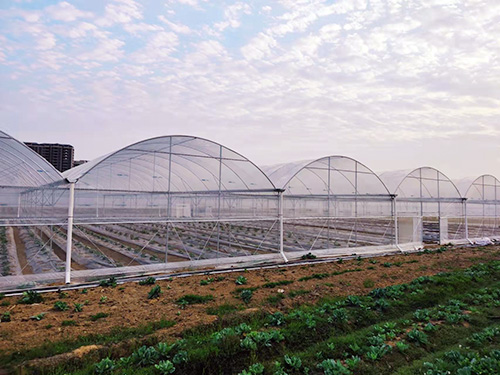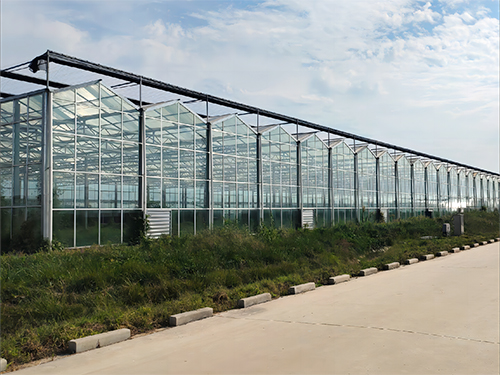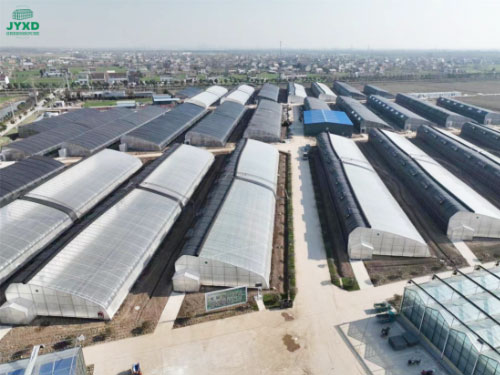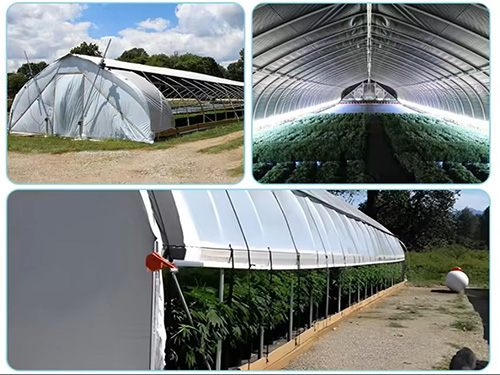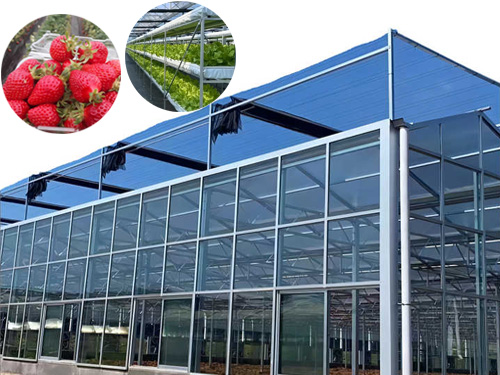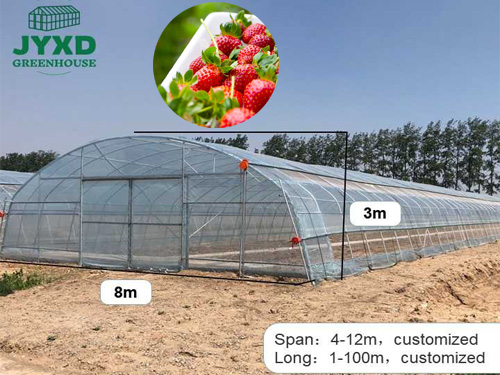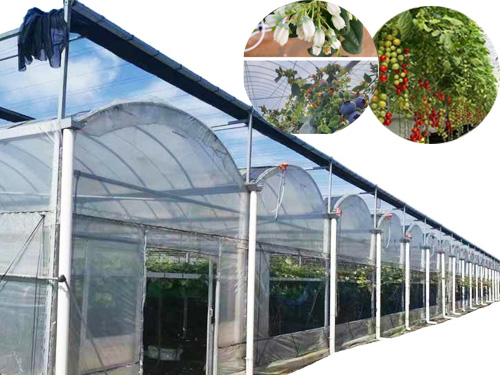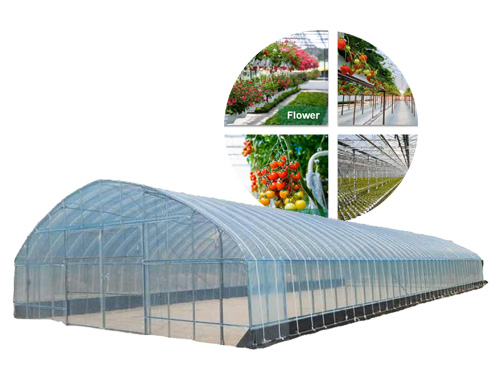NEWS DETAILS
NEWS INFORMATION
Identification and Biological Control Strategies for Greenhouse Pests
AUTHOR:jyxd-greenhouse DATE:2024-12-25 20:42:23 HITS:108
In greenhouse farming, pest infestations are a common problem that can result in reduced yields or even complete crop loss. Compared to traditional chemical control methods, biological control is increasingly favored by growers due to its environmental friendliness and sustainability. This article will help you identify greenhouse pests and explore effective biological control strategies, ensuring healthy crop growth while protecting the environment.
Common Greenhouse Pests and Identification Methods
1. Aphids
· Characteristics: Small, often green or yellow, gathered in large clusters on the underside of leaves or stems.
· Damage: Feed on plant sap, causing leaf curling and yellowing, and spreading viral diseases.
2. Whiteflies
· Characteristics: Small, white flying insects, usually thriving in warm and humid environments.
· Damage: Extract sap and excrete honeydew, leading to sooty mold formation.
3. Red Spider Mites (Leaf Mites)
· Characteristics: Tiny red or yellow insects that weave webs on the undersides of leaves.
· Damage: Cause leaf yellowing and drop, affecting photosynthesis.
4. Thrips
· Characteristics: Slender bodies, black or yellow in color, hidden in flowers or young leaves.
· Damage: Feed on plant surfaces, causing deformed leaves or fruits.
5. Greenhouse Whiteflies
· Characteristics: Small, white moth-like pests that fly quickly and easily get stirred up.
· Damage: Larvae feed on roots, affecting nutrient absorption in plants.
Biological Control Strategies for Greenhouse Pests
1. Releasing Natural Enemies
Using beneficial insects is a core method in biological control.
· Ladybugs: Effectively control aphids and whiteflies.
· Lacewing larvae: Feed on aphids, red spider mites, and thrips.
· Parasitoid Wasps: Such as wasps targeting whiteflies, lay eggs inside pests to kill them through parasitism.
2. Using Biological Agents
· Bacillus thuringiensis (BT): Targets lepidopteran pests, like whitefly larvae.
· Fungal Formulations: For example, Beauveria bassiana, infects and kills whiteflies and aphids.
· Nematode Formulations: Can penetrate the soil to kill underground pests, such as grubs and root-knot nematodes.
3. Plant-Based Insect Repellents
Plant extracts such as neem oil and pyrethrins are natural insect repellents that effectively reduce pest populations while having minimal environmental impact.
4. Installing Physical Barriers
· Insect Nets: Prevent pests from entering the greenhouse while ensuring ventilation.
· Yellow Sticky Traps: Attract and capture flying insects like aphids and whiteflies.
5. Optimizing Greenhouse Environment
Pests often thrive in high humidity and poor ventilation conditions. By adjusting temperature and humidity, enhancing airflow, and removing dead branches and leaves promptly, you can effectively reduce pest infestations.
Advantages of Biological Control
· Environmentally Safe: Eliminates pesticide residues, preserving crop quality and consumer health.
· Long-lasting Effects: Establishes ecological balance, ensuring long-term pest control results.
· Beneficial Insect Friendly: Protects bees and other beneficial insects, maintaining biodiversity.
How to Implement Biological Control
1. Accurate Pest Identification: Regularly inspect the greenhouse, and take immediate action when pests are detected.
2. Selecting Appropriate Natural Enemies or Biological Agents: Choose the best control methods based on pest type and population size.
3. Monitoring Effectiveness: Continuously monitor pest numbers after control measures are implemented, evaluate outcomes, and adjust strategies as needed.
4. Combining Integrated Control Methods: Combine biological control with physical, cultural, and other control techniques to achieve optimal effectiveness.
Conclusion
Greenhouse pest control requires scientific management and a diversified strategy. By combining pest identification, biological control technologies, and environmental optimization, you can protect crops, enhance planting efficiency, and achieve sustainable development.
If you need professional pest control solutions or biological agents, feel free to contact our team. We offer customized services to help you build an efficient and productive greenhouse farming system!
Hebei Juyou Xinda Greenhouse Facilities Co.,Ltd.
Copyright © 2024-2025 https://www.jyxd-greenhouse.com. All Rights Reserved Hebei Juyou Xinda Greenhouse Facilities Co.,Ltd.Copyright





 Current Location:
Current Location: